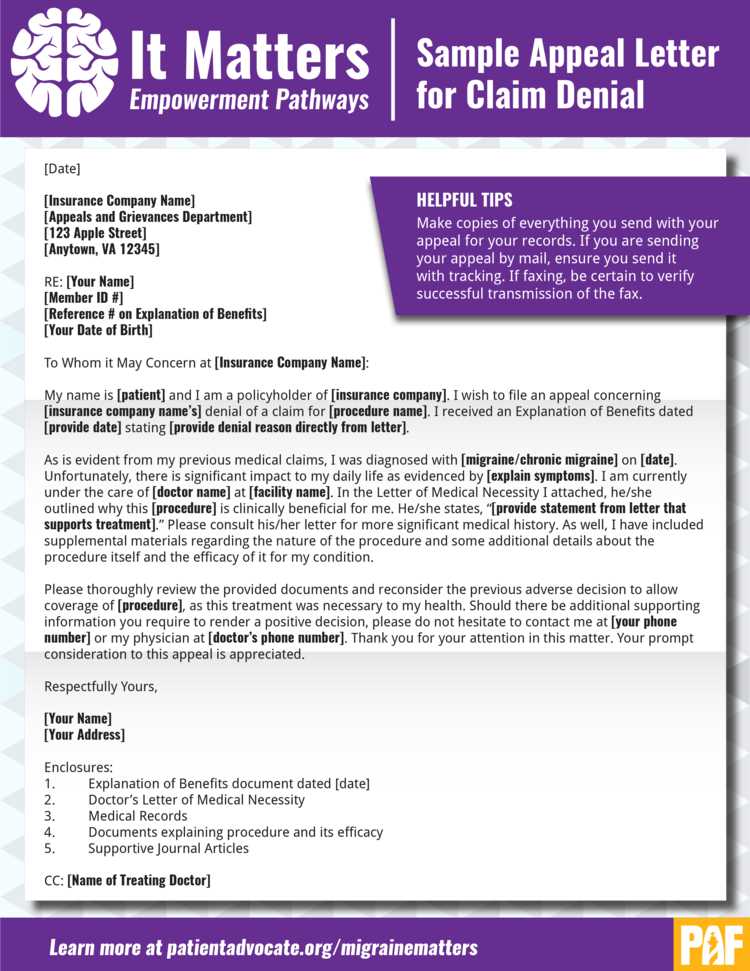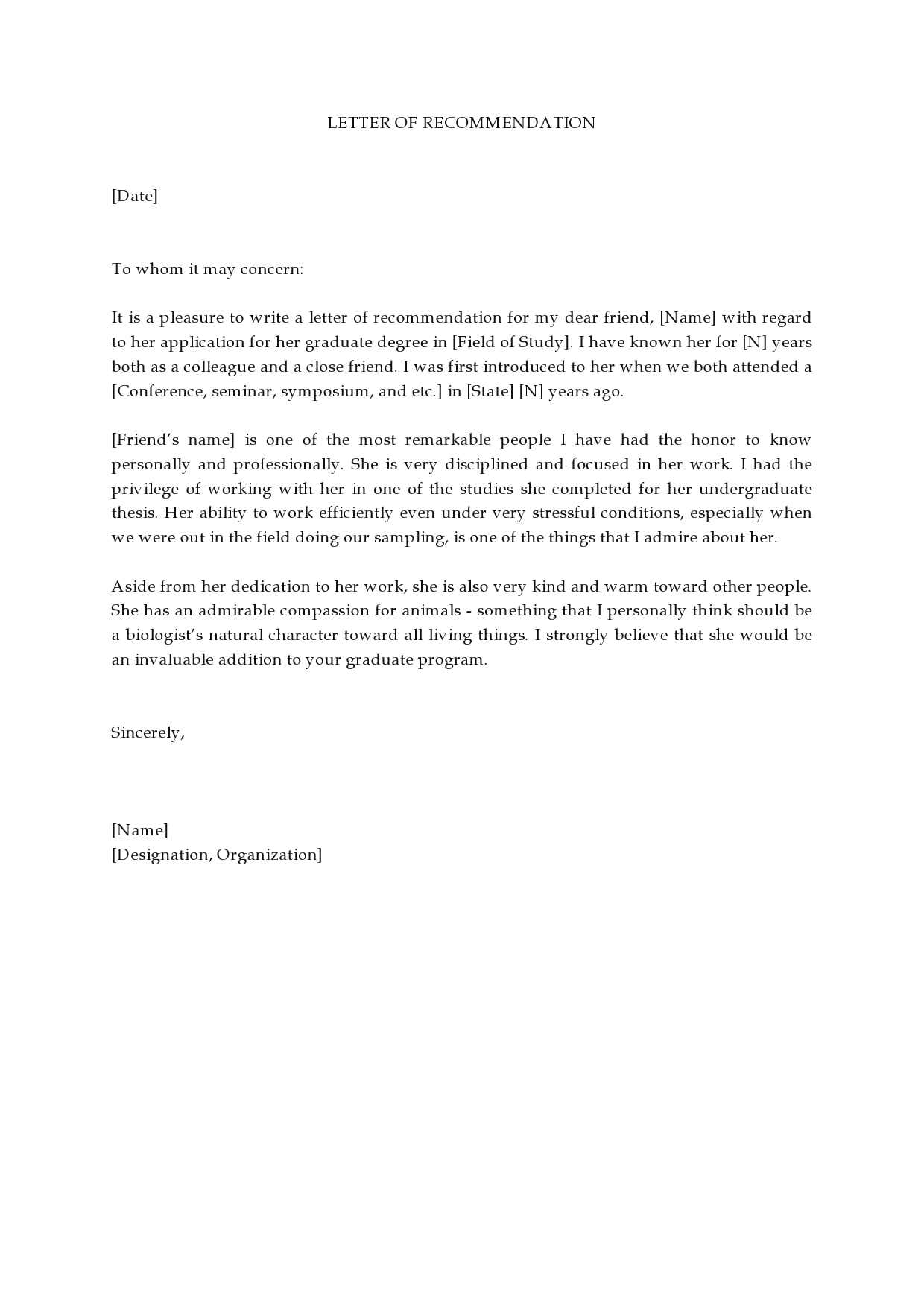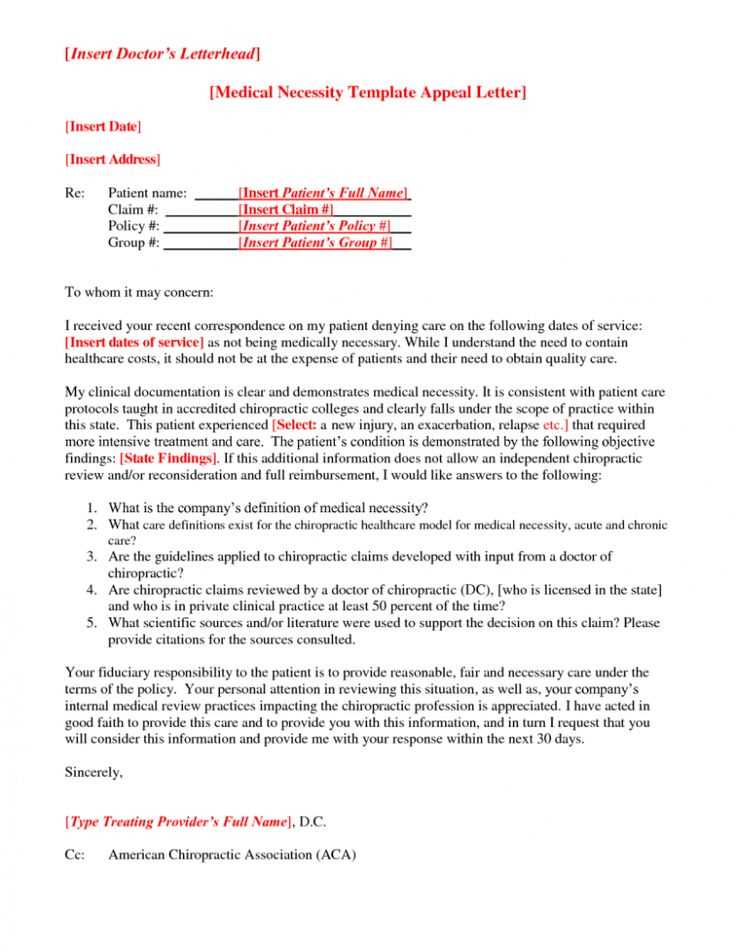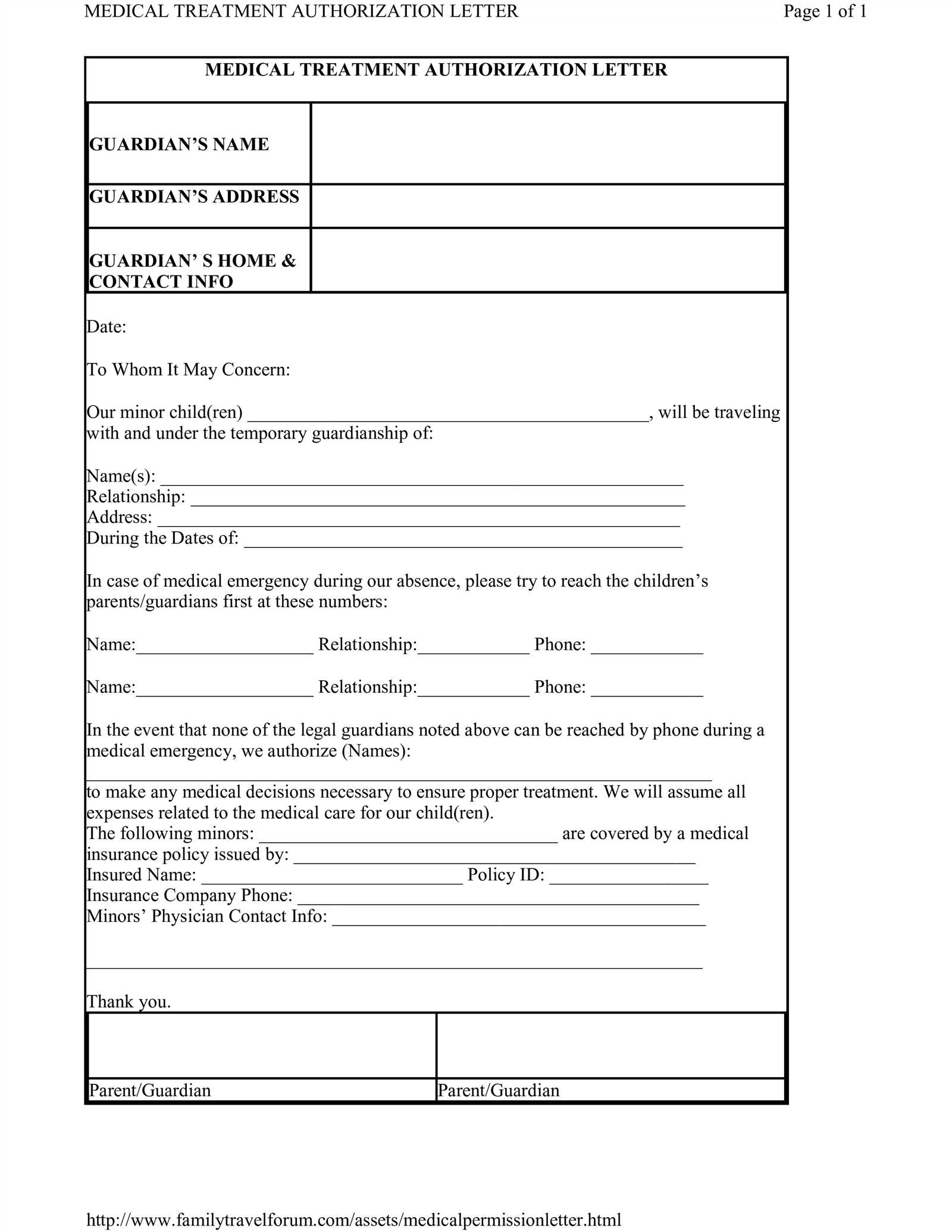Justification Letter of Medical Necessity Template

When seeking approval for vital treatments, clear and convincing communication is key. A well-crafted document plays a crucial role in outlining why specific services or procedures are necessary for a patient’s well-being. This document helps bridge the gap between the healthcare provider’s recommendations and the insurance company’s assessment, ensuring that patients receive the care they require.
In this guide, we will explore the critical components and structure of an effective request for treatment approval. By focusing on presenting accurate, relevant information, you can enhance the chances of getting the needed services covered. The goal is to provide the insurance company with a clear understanding of the patient’s health status and the urgency of the proposed treatment.
Understanding the Importance of Care Support Requests

In the healthcare system, the approval process for essential treatments can be complex and often requires extensive documentation. One of the most important aspects of this process is ensuring that the healthcare provider can clearly explain the need for a specific procedure or service. These documents help convey the seriousness of the condition and the necessity of the proposed intervention, playing a crucial role in getting approval from insurers or other stakeholders.
Facilitating Approval for Vital Treatments

Health insurance companies and other decision-makers rely on detailed information to determine whether a procedure or treatment should be covered. Without sufficient justification, they may decline requests that could otherwise benefit the patient. A well-structured and well-written support request ensures that decision-makers have all the necessary details to make an informed choice.
Ensuring Timely Access to Essential Care
In many cases, delays in approval can lead to worsened health outcomes. By providing a clear and compelling case, patients and healthcare providers can avoid unnecessary wait times and ensure that critical care is administered as quickly as possible. This not only improves the patient’s chances of recovery but also minimizes the potential for complications that could arise from delays.
Key Elements to Include in Your Request
When preparing a request for treatment approval, it is essential to provide clear and relevant details that will support the need for the proposed care. The more precise and comprehensive the information, the higher the chance of a successful outcome. Below are some of the most crucial elements to include in your submission:
- Patient Information: Include the patient’s full name, date of birth, contact details, and insurance information to ensure proper identification.
- Healthcare Provider’s Details: Provide the name, title, and contact information of the healthcare provider recommending the treatment.
- Diagnosis and Medical History: Clearly outline the patient’s condition, including relevant medical history, diagnoses, and any ongoing treatments.
- Details of the Proposed Treatment: Describe the recommended procedure or service in detail, including why it is the most appropriate option for the patient.
- Supporting Evidence: Attach relevant test results, medical records, or expert opinions that support the need for the treatment.
In addition to these essential elements, ensuring that the request is clear, concise, and professionally written can make a significant difference in the decision-making process.
How to Structure a Compelling Request
Crafting an effective request for treatment approval requires a strategic approach. To make a compelling case, it’s essential to present the information logically, clearly, and concisely. Each section should serve a purpose and contribute to demonstrating the importance of the recommended care. Below are the key elements that help structure a persuasive document:
Opening with a Clear Introduction
Start with a brief introduction that includes the patient’s basic details and the purpose of the request. This sets the stage for the reader, ensuring they understand the reason behind the submission right away.
Building a Logical Flow of Information
The document should be organized in a way that flows naturally from one section to the next. It’s important to break down complex medical details into understandable sections, ensuring that each part builds upon the previous one to strengthen the case.
| Section | Details to Include |
|---|---|
| Patient Information | Full name, date of birth, and insurance details for proper identification. |
| Diagnosis | Describe the patient’s current health condition, relevant medical history, and any ongoing treatments. |
| Proposed Treatment | Detail the treatment or service being requested, explaining why it is the best option for the patient. |
| Supporting Evidence | Include test results, medical records, or expert opinions that validate the need for the care. |
By following this structure, you can ensure that all relevant information is clearly presented and effectively supports the need for the requested intervention.
Common Mistakes to Avoid When Writing
Writing an effective request for treatment approval requires careful attention to detail. While it’s important to include the necessary information, certain missteps can weaken the overall impact of the document. Understanding and avoiding these common mistakes will help ensure that your submission is as compelling and persuasive as possible.
One frequent mistake is providing insufficient or unclear information. It’s essential to be thorough and specific, offering a detailed explanation of the patient’s condition and why the proposed care is necessary. Avoid vague statements that could leave room for confusion or misunderstanding.
Another common error is failing to organize the content properly. A disorganized request can be difficult for decision-makers to follow, making it harder for them to assess the case. Ensure that your document flows logically, with each section clearly defined and supporting the overall argument.
Finally, be cautious about using medical jargon or overly complex language. While the request must be detailed, using terms that may not be understood by all readers can create barriers. Aim to balance technical details with accessible language to ensure clarity for a broader audience.
How to Tailor Your Request for Insurance Approval

When submitting a request to an insurance provider, it’s important to present the case in a way that aligns with their review process. Insurers often look for specific types of information and clear reasoning to approve coverage for treatments or services. Tailoring your request to meet these expectations can significantly improve the chances of getting approval.
Highlight the Patient’s Need for the Care: Clearly explain why the proposed intervention is necessary for the patient’s health. Focus on how it will improve their condition, prevent complications, or provide relief from symptoms. This makes it easier for the insurance provider to see the value of the treatment.
Provide Supporting Evidence: Insurers rely heavily on factual data to make decisions. Attach relevant medical records, diagnostic tests, and expert opinions to support the necessity of the care. Ensure that all evidence is up-to-date and directly related to the patient’s condition.
Follow the Insurer’s Requirements: Every insurance company has specific guidelines for submitting treatment requests. Carefully review these guidelines and make sure your document includes all the required information. Failure to adhere to these requirements could result in delays or denials.
Legal Considerations for Treatment Requests
When submitting a request for care, it’s essential to be aware of the legal aspects involved. These documents can have significant implications for both the patient and the healthcare provider, as they are often used to justify the need for specific treatments or services. Understanding the legal requirements can help prevent complications or disputes down the road.
Understanding Legal Obligations
Both healthcare providers and patients should be aware of their legal rights and responsibilities when submitting treatment requests. Here are a few key points to consider:
- Accuracy of Information: It is crucial to ensure that all information provided is truthful and accurate. Misleading or false information can lead to legal consequences, including denial of coverage or even legal action.
- Confidentiality: Patient privacy must be respected. Ensure that all sensitive personal and medical information is shared in compliance with relevant privacy laws, such as HIPAA in the United States.
- Documentation of the Need: The request should clearly document why the proposed treatment is necessary. This may include detailing how the intervention aligns with established medical standards or addressing any legal requirements set by insurance companies or governing bodies.
Potential Legal Risks
Failing to adhere to proper legal standards can have serious consequences. Some potential risks include:
- Denial of coverage or reimbursement by insurers
- Claims of fraud or misrepresentation if inaccurate details are provided
- Legal disputes over the necessity of a treatment
Ensuring that your request is legally sound is crucial for protecting both the patient and the healthcare provider.